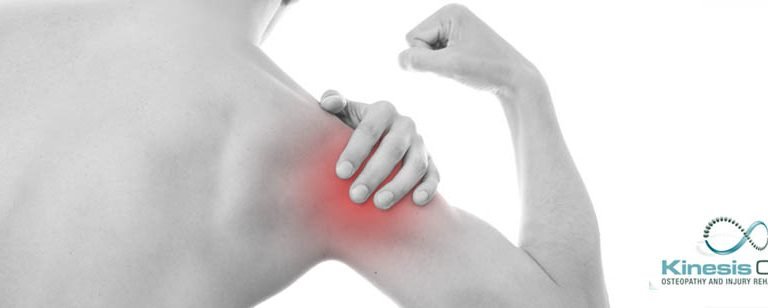Many people keep complaining about the shoulder pain. The shoulder joint is comprised of several bones joined with tendons and muscles, allowing a great range of motion in the arm. It is vulnerable to frequent injuries, especially amongst the athletes involved in sports like, weight lifting, throwing sports and swimming. The rotator cuff is a frequent site of injury in the shoulder.
What is rotator cuff tendon?
Like any tendon, it is a sturdy band of collagen tissue (group of mammalian proteins), that connects shoulder muscles to bone. It is a strong, sinuous material that is able to withstand tension. A tendon works with its muscle to exert a pulling force. Within the cuff there are eight distinct tendons. There are four muscles and each is connected at both ends by tendons. It is where each of the tendons attaches to the Humeral Head of the upper arm that they form the “cuff”.
What is tendonitis or tendinitis?
It is the inflammation or swelling of tendon causing pain, discomfort and restricted movement of the joint involved.
When tendonitis involves Shoulder Joint, it is called as Rotator Cuff Tendonitis. There are a variety of symptoms associated with this condition.
Pain is the most common symptom that can be located on the top and front of the shoulder, but occasionally to the side too. The pain often gets worse with any overhead activity or during exercise.
Weakness is the other major symptom; a noticeable reduction in shoulder strength, particularly with overhead activities. Some people experience a hot or burning sensation in the shoulder.
You may find that you are not able to sleep on the affected shoulder. A popping or cracking sensation in the shoulder is more common if you also have bursitis.
Diagnosis: An accurate diagnosis can be made by expert clinicians, after discussing the symptoms and doing the clinical examination. They generally ask a range of questions to establish a few facts like, when the problems started, what the pain is like, what makes it better or worse, if there was a specific incident, and what is the range of mobility in the shoulder. Such routine Patient Clinical History about any prior injury and lifestyle plays a vital role in ascertaining the cause, course and initial diagnosis.
An examination will be conducted to test the full range of motion and point when pain is felt. Typically the painful arc test will be performed that elicits the pain on lifting the arm.
More detailed tests such as ultrasound or a rotator cuff MRI scan are conducted in order to reach the final diagnosis.
Rotator Cuff Tendonitis Treatment: It is very simple and effective like for any other tendonitis. Stop the activity that hurts your shoulder. If something causes tendonitis and causes pain, then stop doing it immediately. Give things a chance to settle down.
You must remember the golden rule “R.I.C.E”. It stands for Rest, Ice, Compression and Elevation and is a proven formula Pain killers, anti inflammatory medication, muscle strengthening exercises can be of great help.



